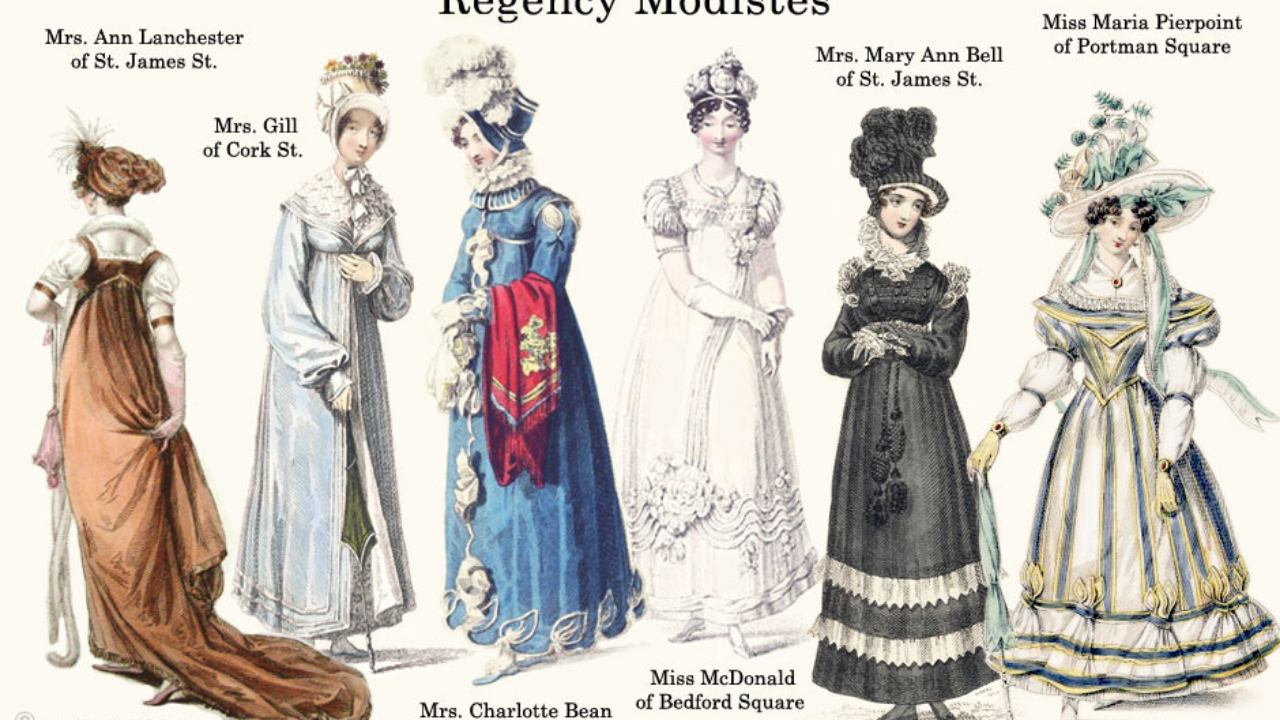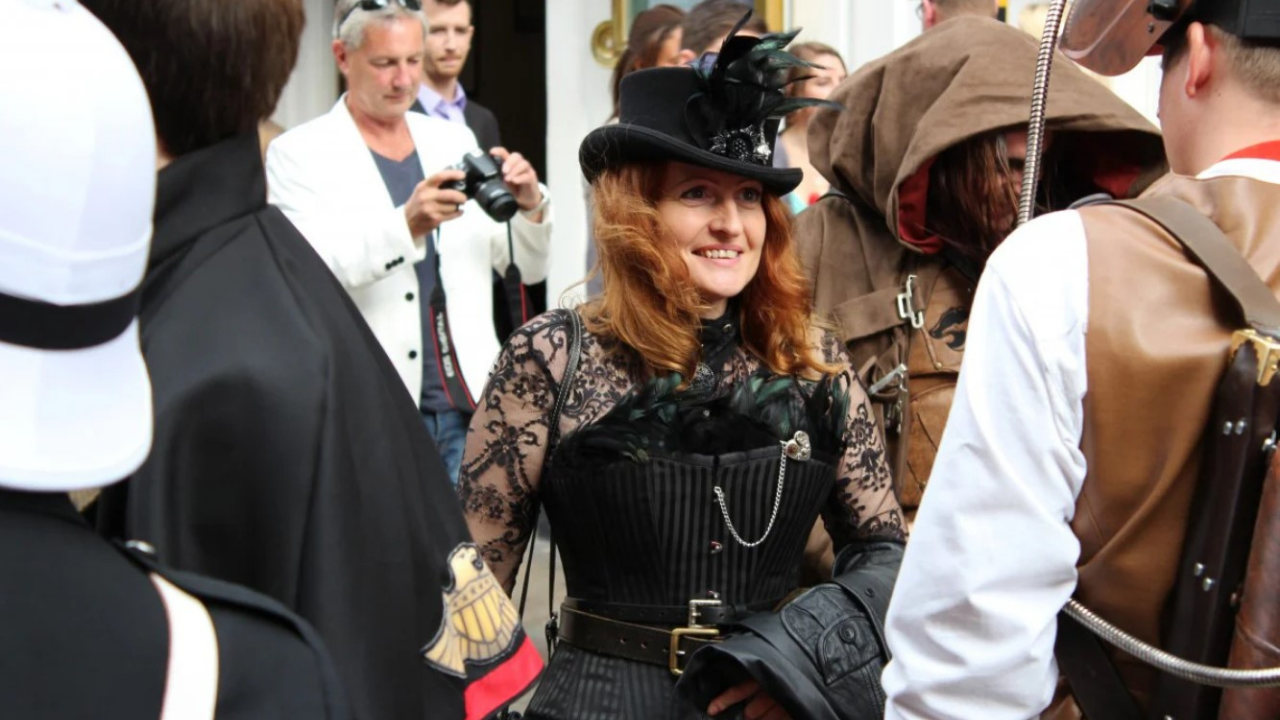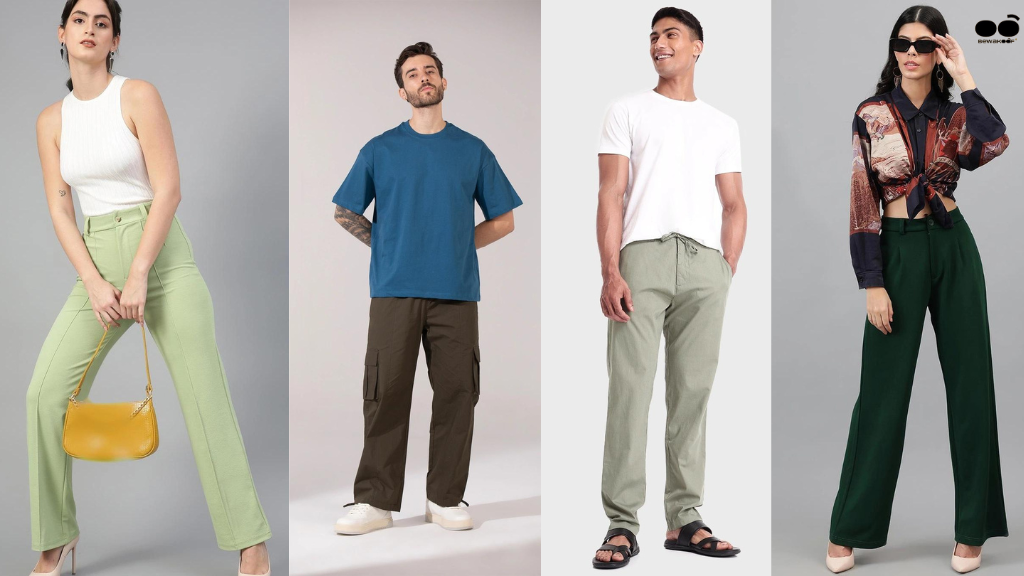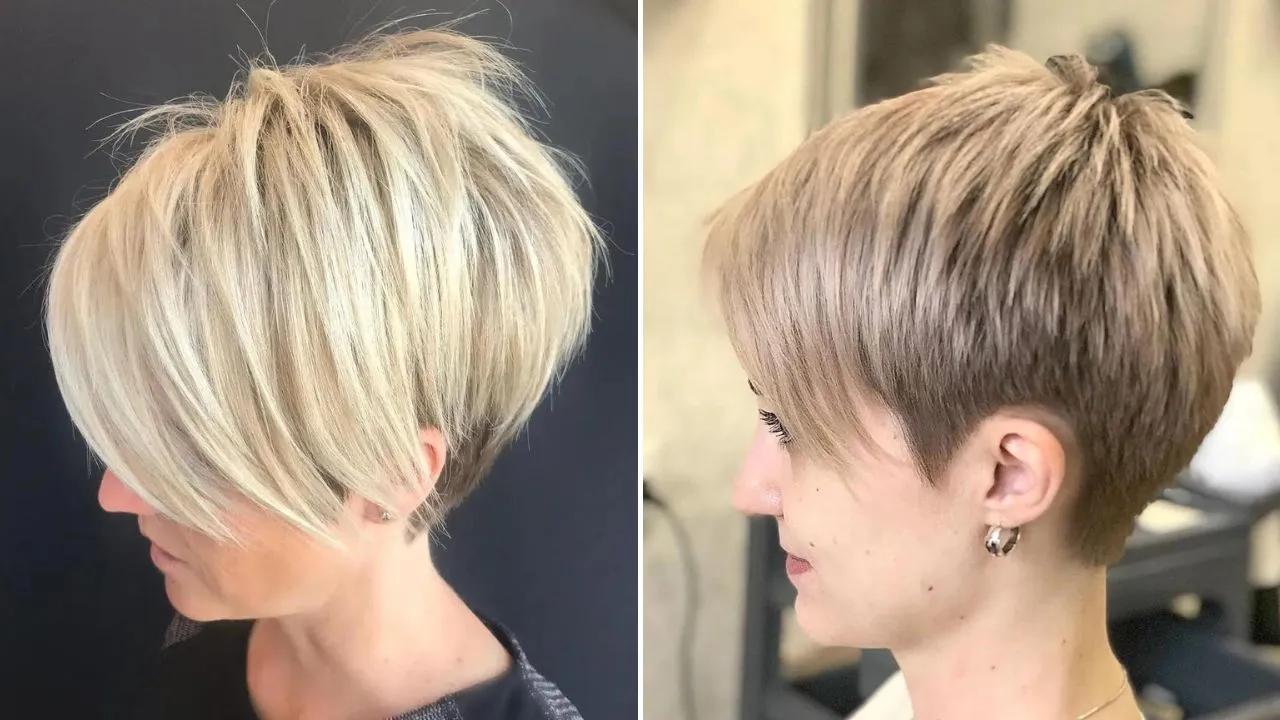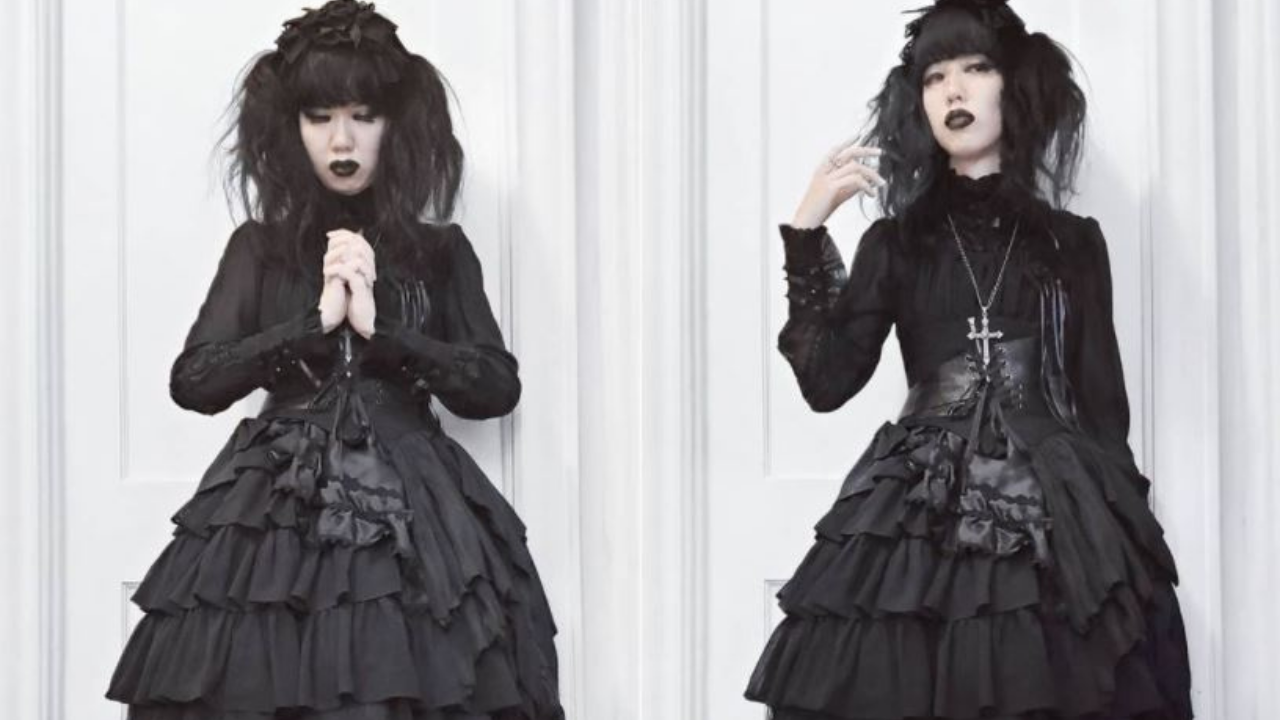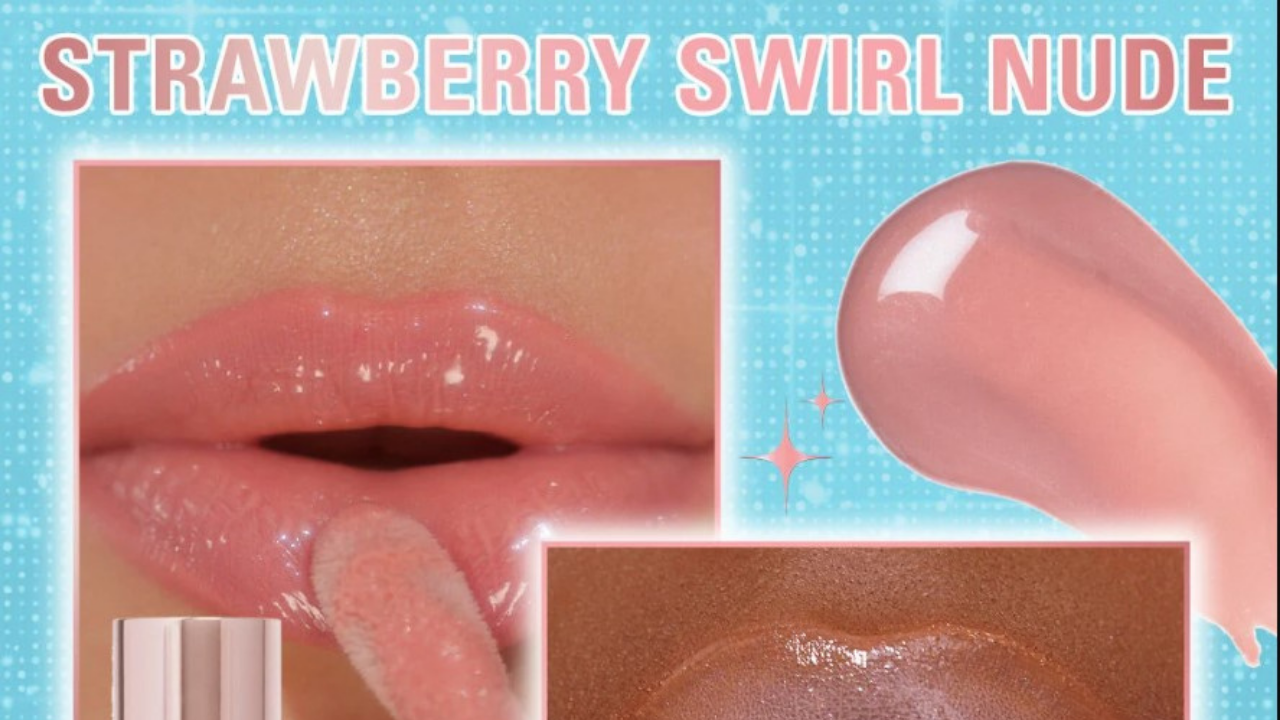Between 1795 and 1820, the world of Western fashion took a dramatic pivot. In the wake of the French Revolution and under the influence of Enlightenment ideals, silhouettes softened, colors lightened, and fashion shed its aristocratic stiffness for a refreshing clarity. This was the Regency era, a time when clothes weren’t just garments but cultural declarations.
From Corsets to Columns
Gone were the panniers and towering wigs of the Georgian elite. Regency women's fashion turned toward the classical world, think Grecian columns and Roman goddesses. High-waisted dresses, known as Empire styles, rose just below the bust, falling into soft, flowing skirts made from lightweight fabrics like muslin, cotton, and silk. These materials clung to the body, celebrating its natural shape rather than exaggerating it. It was a quiet defiance, elegant yet stripped of the excessive grandeur that marked previous decades.
Necklines dipped into square or rounded shapes, sleeves puffed gently, and shawls replaced bulky outerwear. For eveningwear, short gloves and delicate embroidery added just enough opulence to remind society that refinement hadn’t been forgotten, only redefined.
Tailoring a Gentleman
Men, too, experienced a sartorial shift. The flamboyant lace cuffs and powdered wigs were swapped out for something more subdued and more modern. Inspired by military cuts and country pursuits, men’s fashion moved toward tailored suits, crisp cravats, and waistcoats that hinted at masculinity without extravagance. The tailcoat, often paired with high boots or breeches, became a staple.
Color palettes are muted, leaning into navy, forest green, deep browns, and creams. While the women leaned into romanticism, men began embracing what we now recognize as the early blueprint of the modern suit.
Dressing with Purpose
Regency fashion wasn’t just about aesthetics; it was a reaction. Europe was politically turbulent, and fashion echoed a desire to reject aristocratic excess in favor of democratic ideals and personal identity. The streamlined silhouettes, simple fabrics, and naturalistic themes symbolized a yearning for authenticity and a distancing from rigid social hierarchies.
Yet, paradoxically, even in its pursuit of simplicity, fashion remained deeply tied to status. White muslin gowns, the epitome of Regency chic, were impractical for working-class life, signaling wealth through delicacy. Staying clean in a white dress wasn’t just about hygiene; it was about not having to work.
Accessories and Attitudes
Parasol? Check. Reticule (a tiny handbag)? Check. Short gloves, slippers, and a strategically placed plume? All present. The details mattered. Simplicity didn’t mean a lack of attention; it meant a different kind of intentionality. A Regency woman’s wardrobe, while less burdened with layers, was rich in accents that spoke volumes about taste, breeding, and occasion.
For men, accessories like fob watches, snuff boxes, and signet rings added the necessary flair. And the cravat, starched and knotted with care, often required manuals to perfect, a reminder that even under the illusion of effortlessness, precision reigned.
A Fashion Legacy
Today, the Regency aesthetic continues to enchant, just ask any Bridgerton fan. Its romantic silhouettes and understated sophistication remain an endless source of inspiration for contemporary designers, period dramas, and vintage enthusiasts alike. But beyond the frills and empire waists lies a deeper legacy, one that reminds us how clothing can mirror political, social, and cultural shifts with startling elegance.
Regency fashion wasn’t just about looking beautiful. It was about redefining what beauty meant in an age hungry for change.
